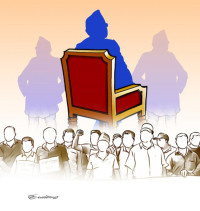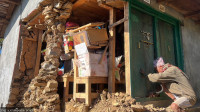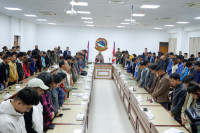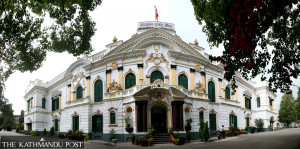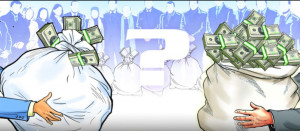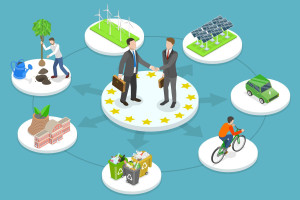Columns
Vaccine politics
The race to produce a vaccine has turned into a competition to exert influence on global economies.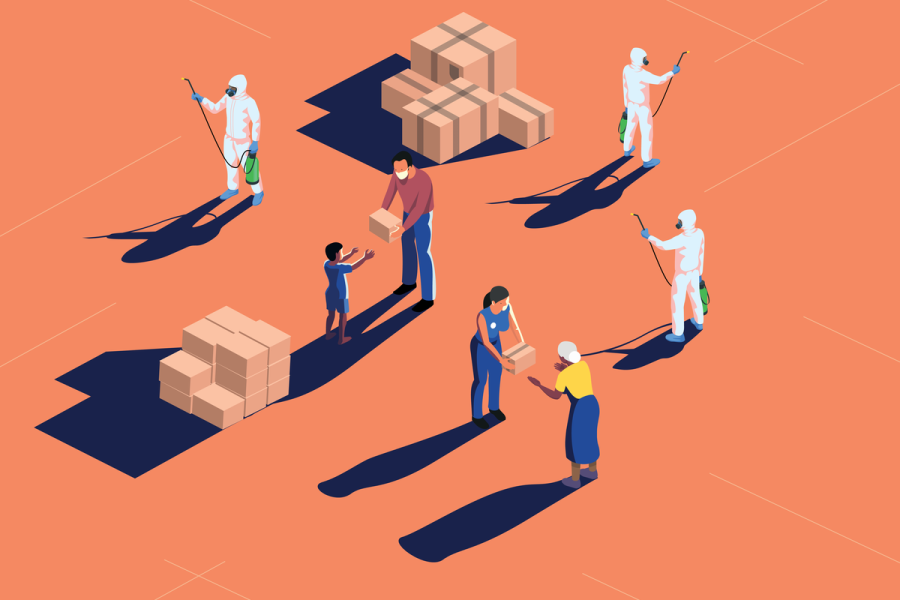
Jagadish Prasad Bist
Covid-19 has spread around the globe and cost millions of lives. Due to the novel nature of the virus, it took some time—almost a year or so—for scientists in advanced countries to produce a vaccine. The virus itself has turned into a political issue, even though contagion and terrorism are generally not perceived as having a national identity. The shambolic situation has made the global economy ponder if globalisation is the true realm of an advanced world, the restrictions on the supply chain and movement of people across national borders are more a political issue than a health consideration.
It did not take long for countries to turn this politics of the virus into the politics of the vaccine. Those with the know-how to produce medicines for similar diseases such as the common cold, fever and pneumonia started halting shipments abroad. India, the largest producer of vaccines for pneumonia, initially banned exports and only relented following pressure from the United States and other developed countries.
Thousands of deaths in the US and the emergence of new strains of the virus in the European Union are proof that the virus chain is rock solid to break—though several vaccines have been authorised by different countries. According to the World Health Organisation, there are more than 50 anti-Covid-19 vaccine candidates in trials currently. Among them, Pfizer-BioNTech, Moderna and Oxford-AstraZeneca have passed phase three in trials and received the green light in most EU countries, the US, and other nations. Chinese-made Sinopharm and Sinovac have also got approval in China, the United Arab Emirates, Bahrain and other countries. India has also given approval to its home-grown Covaxin, which is yet to complete the final phase of testing. All in all, one thing that is certain is that the race to produce a vaccine has turned into a competition to exert influence on global economies.
Though the World Health Organisation has long been arguing against any politicisation of vaccines, the race is already on. Chinese influence on Asian and African countries with its vaccine is becoming stronger. The Philippines recently dithered over signing a deal with Pfizer, an American firm, and approved Sinovac, a Chinese-made vaccine. India is also following this trail to influence South Asian countries and weaken Chinese influence in the region. It recently supplied millions of doses to Nepal and other countries under its motto 'neighbour first'. However, this trail seems to be more political than others because China has also pledged to supply vaccines to Nepal and other South Asian countries.
If this politicisation of vaccines is not stopped, it is going to do more harm than good. In the first place, the rush to approve vaccines—such as the Chinese and Indian products—could turn poor nations into a testing lab, affecting the health of the people. In the second place, in the search for a cure, low income and developing countries are prone to becoming political victims. So, this race of vaccine politics needs to be monitored by the World Health Organisation with top priority at a time when the rich countries with proven vaccines are reluctant to supply their products to the poor and developing countries.
According to The Economist, of the 12.5 million doses that the main vaccine producers are slated to manufacture in 2021, almost 6.4 billion doses—more doses than necessary—have already been ordered by the rich countries, and they will be able to inoculate most of their citizens by mid-March. Poor countries such as Nepal rely on proven vaccines donated by other countries and COVAX, a vaccine-sharing scheme co-led by the World Health Organisation. Considering that the producers have already been influenced by the rich and developed countries, demand from other countries will be disregarded for a few years.
The same issue of The Economist said that in poorer countries, meaningful vaccination coverage—enough for life to return to normal—may not be possible until 2023, if ever. This means the rich countries will keep the restrictions on the poor countries, triggering both economic and health crises in the long run. It is important to understand that unless the vaccine requirement of low-income and middle-income countries is also fulfilled, the challenge to break the chain of Covid-19 will remain long in the future.




 18.12°C Kathmandu
18.12°C Kathmandu.jpg)


